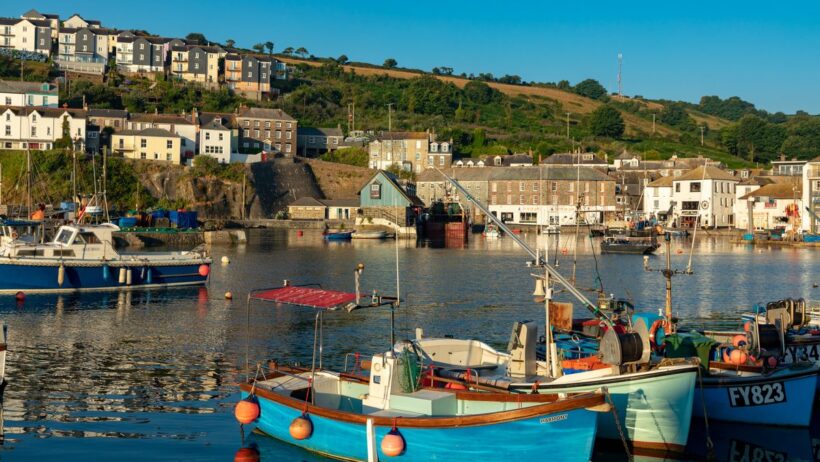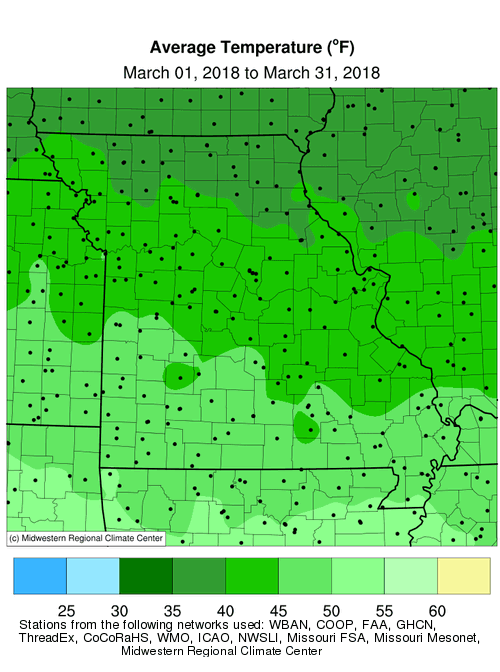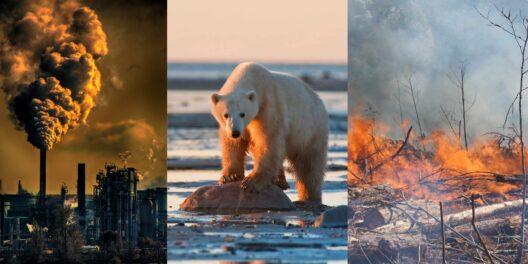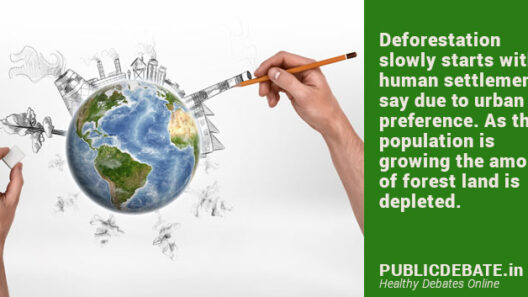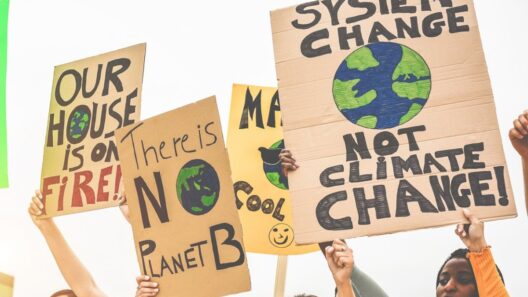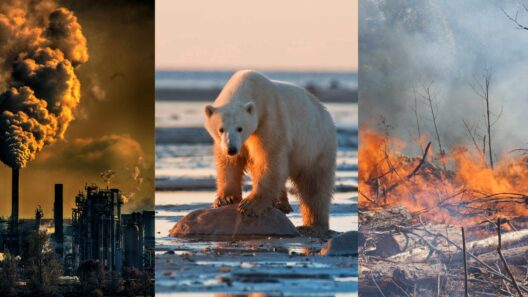The relentless march of global warming is akin to the whispering tide that quietly reshapes the shoreline, often imperceptible yet profoundly impactful. The phenomenon of sea level rise stands as a testament to this slow but unyielding transformation. As temperatures rise, glaciers weep and the ocean swells, crafting a narrative fraught with challenges and eco-political complexities. This exploration delves into the audacious reality of global warming and its capacity to alter the very geography of our planet.
The primary drivers of sea level rise can be distilled into two principal mechanisms: thermal expansion and glacial melt. As the atmospheric temperature escalates, the ocean absorbs a significant portion of this heat. Water, in its liquid state, expands when warmed. This thermal expansion constitutes approximately half of the observed sea level rise. In tandem, glaciers and ice sheets, once formidable monuments of permanence, now exhibit alarming signs of retreat. As they disintegrate into the abyss of the ocean, they contribute vast quantities of freshwater, exacerbating the swelling seas.
These changes do not merely reflect a distant future. Selected coastal regions are already enduring the consequences of this inexorable rise. The erosion of coastlines, saltwater intrusion into freshwater aquifers, and more frequent flooding during tempestuous weather events have become the new normal in many communities. Places like Miami, New Orleans, and Jakarta are confronting the specter of displacement, painting a bleak portrait of urban landscapes that might soon be submerged under the unforgiving embrace of the ocean.
Yet, the implications of rising seas extend beyond the direct physical impacts. Economically, vulnerable regions face destabilization as property values plummet and insurance costs soar. The tourism industry, often reliant on pristine beaches, finds itself at the mercy of higher tides, prompting urgent calls for sustainable coastal management practices and innovative infrastructure development. This necessity underscores an important point: the battle against sea level rise is not merely environmental; it intertwines with human rights, equity, and global security.
Metaphorically speaking, sea level rise serves as a mirror reflecting our collective choices. Each millimeter gained by the ocean echoes a decision made—or overlooked—in the unceasing march toward environmental sustainability. As we attempt to navigate this turbulent sea, policy frameworks must evolve to address both mitigation and adaptation strategies. This dual approach necessitates comprehensive planning to reduce greenhouse gas emissions while simultaneously preparing for the inevitable consequences of climate change.
One innovative strategy gaining traction is the concept of “managed retreat.” This paradigm advocates for the relocation of communities vulnerable to flooding, thus allowing ecosystems to regenerate naturally. However, it raises pressing ethical questions: Whose homes are prioritized? How can we ensure fair compensation for those displaced by decisions beyond their control? The dialogue surrounding managed retreat emphasizes the intersectionality of climate action—developing solutions that are both effective and equitable.
Moreover, nature-based solutions offer compelling avenues for mitigating the effects of rising seas. Coastal ecosystems, such as mangroves, salt marshes, and seagrasses, serve as natural buffers against storm surges and erosion. These environments not only absorb carbon dioxide but also provide crucial habitats for numerous species. Protecting and restoring these ecosystems is not merely an environmental act; it is a profound investment in our future resilience against the inevitable encroachment of the ocean.
Communities globally must take heed and unite in their advocacy for transformative policies that prioritize sustainability. Education plays a critical role in this endeavor. Understanding the science behind climate change and sea level rise should be accessible to all, fostering a culture of accountability and action. Schools and institutions must become breeding grounds for innovative ideas and a generation motivated to champion environmental stewardship.
The narrative of sea level rise is not all desolation; it is also the dawn of possibilities. The transition to renewable energy sources, such as solar and wind, presents a salient opportunity to rebalance our relationship with the planet. By investing in these technologies, we lay the groundwork for a diversified economy that is resilient to the fluctuations caused by climate change. This economic transformation will not only curtail emissions but also create jobs and stimulate local economies, aligning environmental sustainability with socio-economic growth.
In the grand tapestry of climate action, community resilience is a vital thread. Neighborhoods that engage in grassroots organizing and collaborative planning are better equipped to respond to the challenges posed by climate change. Building relationships grounded in trust and solidarity fosters a collective approach, illuminating pathways toward innovative solutions that might otherwise remain obscured.
Ultimately, the relentless rise of the seas demands an unwavering response, encompassing technological innovation, policy reform, and societal change. The tide of climate change may seem insurmountable, but with concerted effort and an unyielding commitment to sustainability, humanity can weather this storm. By understanding the intricacies of sea level rise and its far-reaching impact, we embolden our efforts to preserve the planet for future generations.
Beyond the tide lies a hope for transformation. Each action taken today ripples into tomorrow, shaping the landscape of our world in ways we cannot yet fully comprehend. As the ocean swells, so too must our resolve to act, adapt, and ultimately thrive in the face of impending change.



